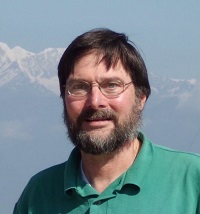The Scrum Patterns tutorial is a highly acclaimed hands-on session where attendees learn how to use organisational patterns to diagnose problems on their Scrum teams and to gain insight on how to fix the problems. The core people in agile and Scrum have been codifying the underlying motivations and rationales for agile and Scrum for about twenty years now, branching out from work I initiated while at Bell Laboratories. One of the first outputs was the critically acclaimed Organisational Patterns book (http://www.amazon.de/Organizational-Patterns-Agile-Software-Development/dp/0131467409/), and there have been many more since. A community of agile leaders carries on the work in a forum called Scrum PLoP®, and we have gathered some priceless insights from the agile illuminati in this community.
This seminar teaches people what patterns are and familiarises them with how to navigate available patterns and how to use them in their everyday work. We have attendees list their teams’ impediments and then have them discover what combination of patterns will help them resolve the tradeoffs in their organisation. They leave the seminar armed to concretely improve their own Agile processes.
The seminar consistently gets high ratings from attendees.
James Coplien

Jim “Cope” Coplien has enjoyed mastering several careers starting as a computer operator and moving on to development at AT&T, and then on to fundamental research in Bell Labs. His research helped establish the foundations of the software pattern discipline, of Scrum (Daily Standups come out of his process work), and of many staples and leading advances in object-orientation, including joint work with Trygve Reenskaug on the DCI paradigm, and is the creator of the trygve programming language.. He has written numerous books and scores of papers. Cope has been writing software since about 1971 and was the first user of C++ outside Bell Labs Research. He continues to deliver code mainly in Objective-C, which he tolerates; Java, which he hates; and Ruby, which he loves. He’s a Mac guy. He has also worked in VLSI CAD, academia, and executive consulting, and for the past 20 years, concern for the human being has been at the core of his work. When he grows up he wants to be an anthropologist.
